Nordic Visions of Climate Neutrality
Keeping global average temperatures to well below 2°C and pursuing efforts to limit the temperature increase to 1.5°C requires rapid transformation across all societies and all sectors
IPCC (2022). Climate Change 2022: Mitigation of Climate Change. Contribution of Working Group III to the Sixth Assessment Report of the Intergovernmental Panel on Climate Change [P.R. Shukla, J. Skea, R. Slade, A. Al Khourdajie, R. van Diemen, D. McCollum, M. Pathak, S. Some, P. Vyas, R. Fradera, M. Belkacemi, A. Hasija, G. Lisboa, S. Luz, J. Malley, (eds.)]. Cambridge University Press, Cambridge, UK and New York, NY, USA. Retrieved from: https://www.ipcc.ch/report/sixth-assessment-report-working-group-3/
United Nations Environment Programme (2022). Emissions Gap Report 2022: The Closing Window - Climate Crisis Calls for Rapid Transformation of Societies. Retrieved from: https://www.unep.org/resources/emissions-gap-report-2022
Jensen, C. L., Oldin, F. & Andersen, G. (2022). Imagining and co-creating futures of sustainable consumption and society. Retrieved from: https://doi.org/10.1332/XQUM7064
The Nordic Visions report is meant as a starting point for further discussion about positive visions of climate neutrality in the Nordic countries – and globally. From citizens to politicians, we all need to start thinking about what “a good life” means in a climate neutral world.
In the green transition, countries that have the tools, know-how and institutional and financial capacity must step up and lead by example. The Nordic countries fulfill these criteria. But leading by example is not just about providing feasible pathways towards climate neutrality. It is also about contributing to a positive, global narrative about climate neutrality and the opportunities for achieving increased human well-being in this process.
Based on interviews conducted across the Nordic countries, Nordic visions of the climate neutral society could be visions of a society in balance, environmentally and socially. It could be visions about a healthier society, with strong, local communities. It could be visions of a Nordic society with a global mindset and with more spare time. It could be visions of a new, climate friendly economy, a smarter society, and a society with inclusive democracy and long-term policies.
The visions are illustrated in the figure below.
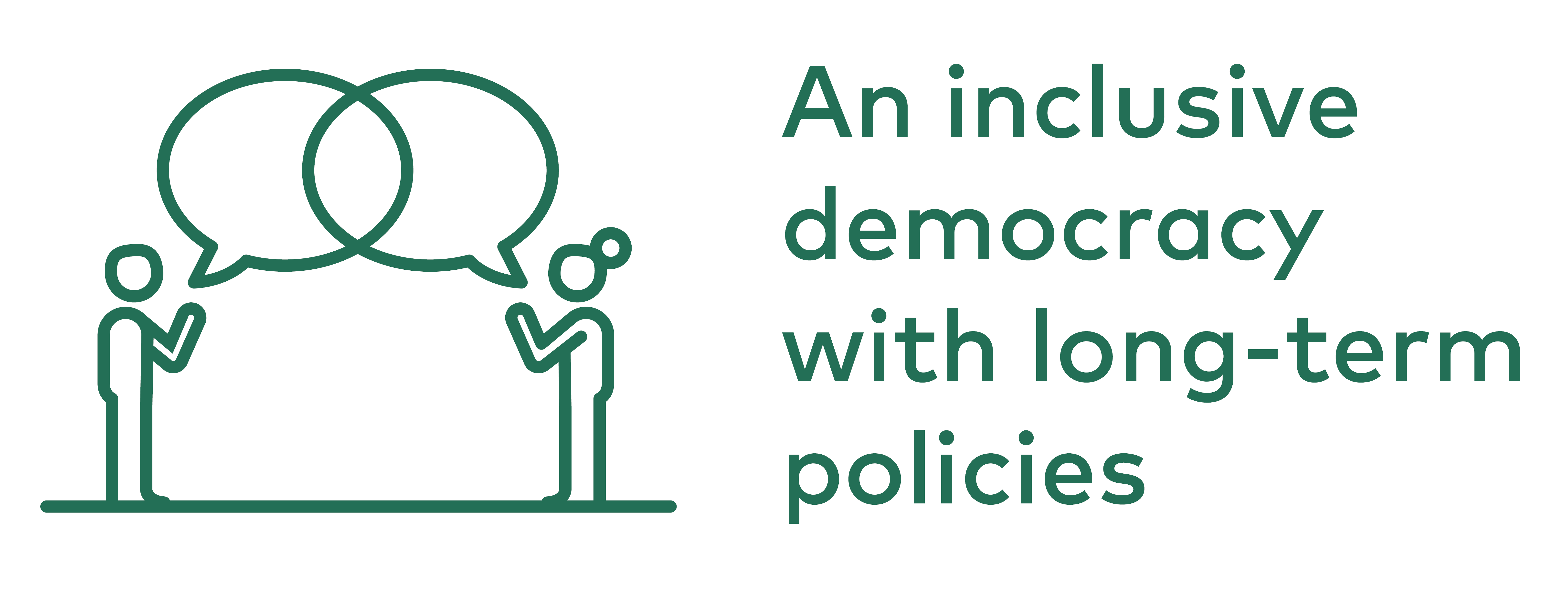
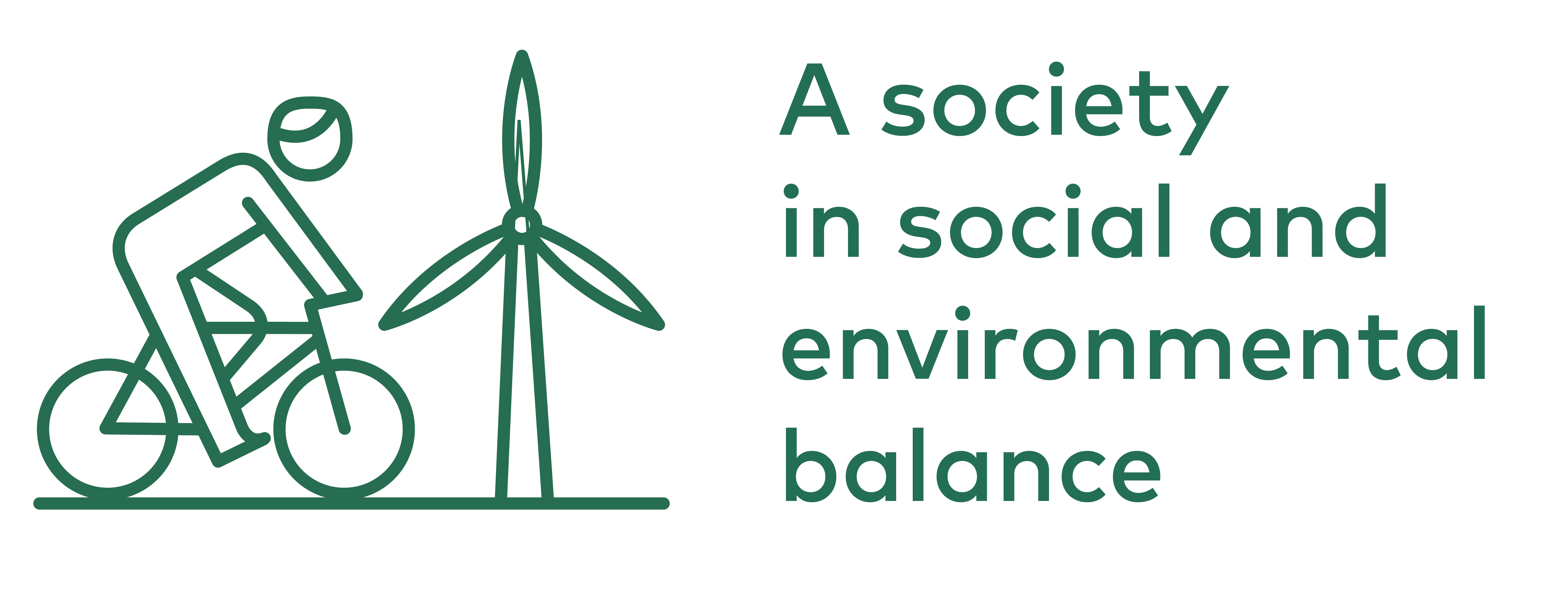

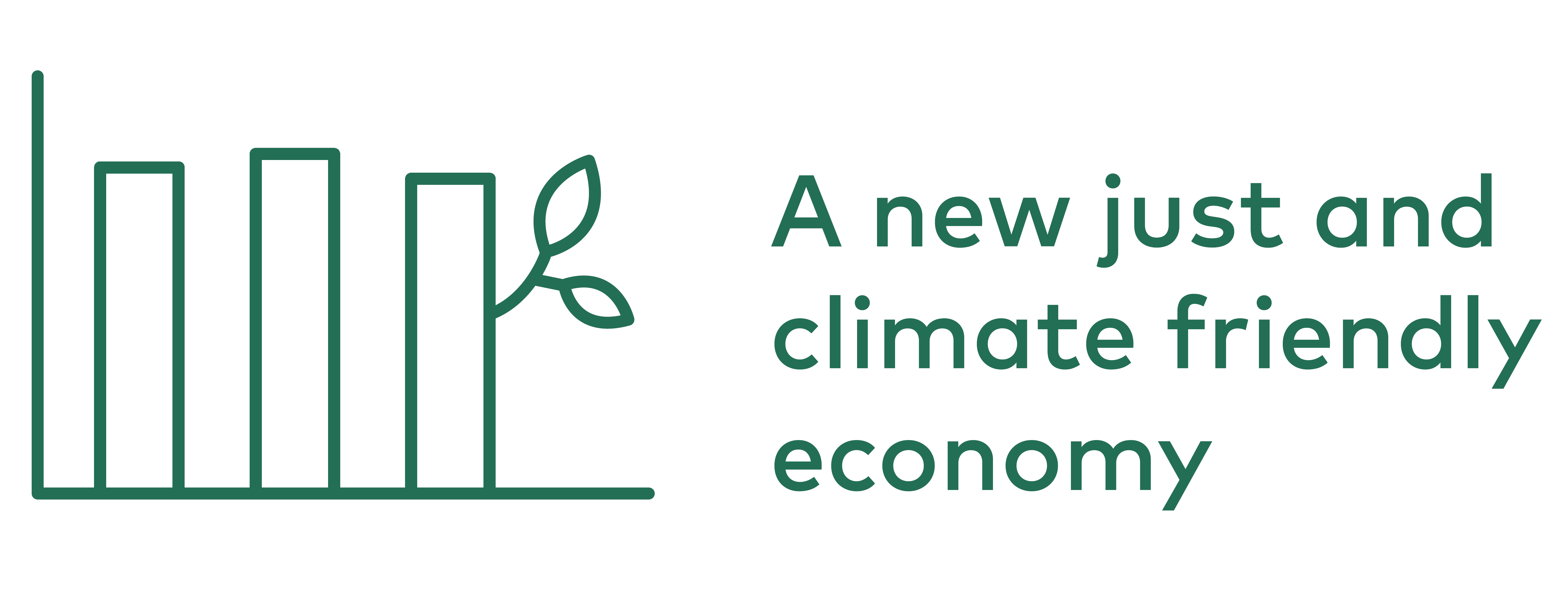

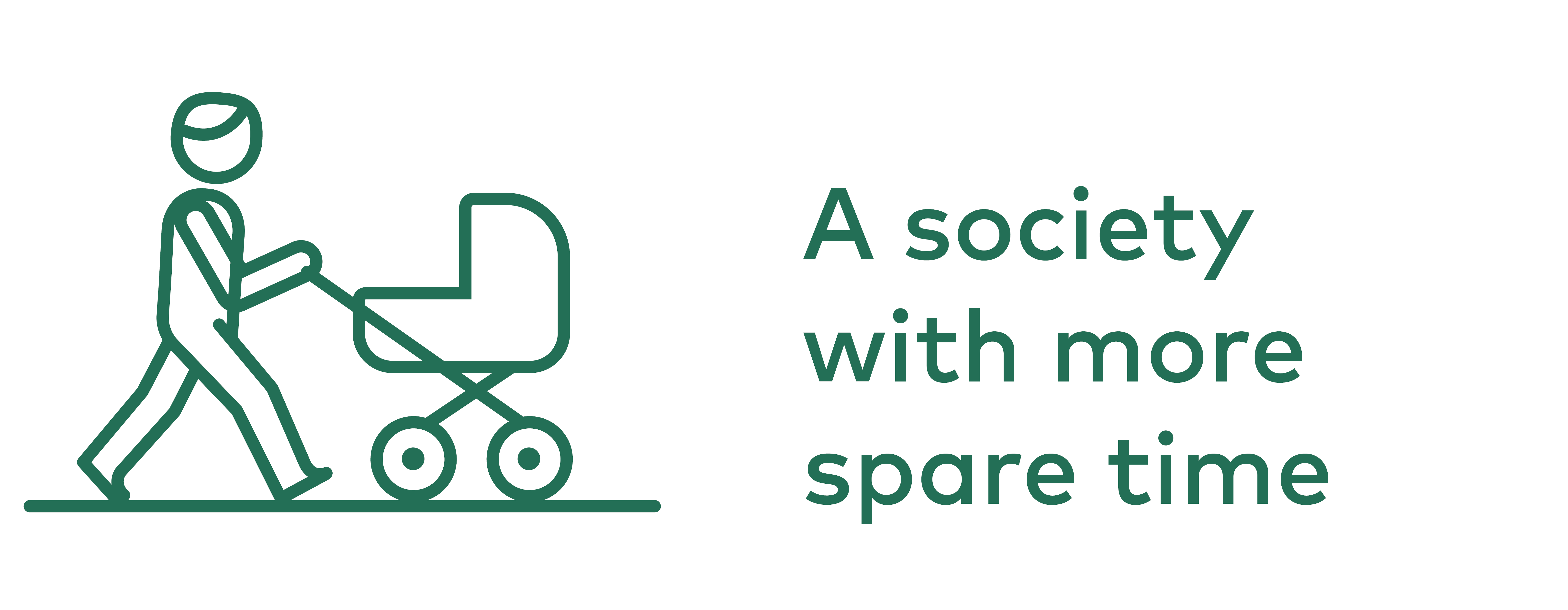
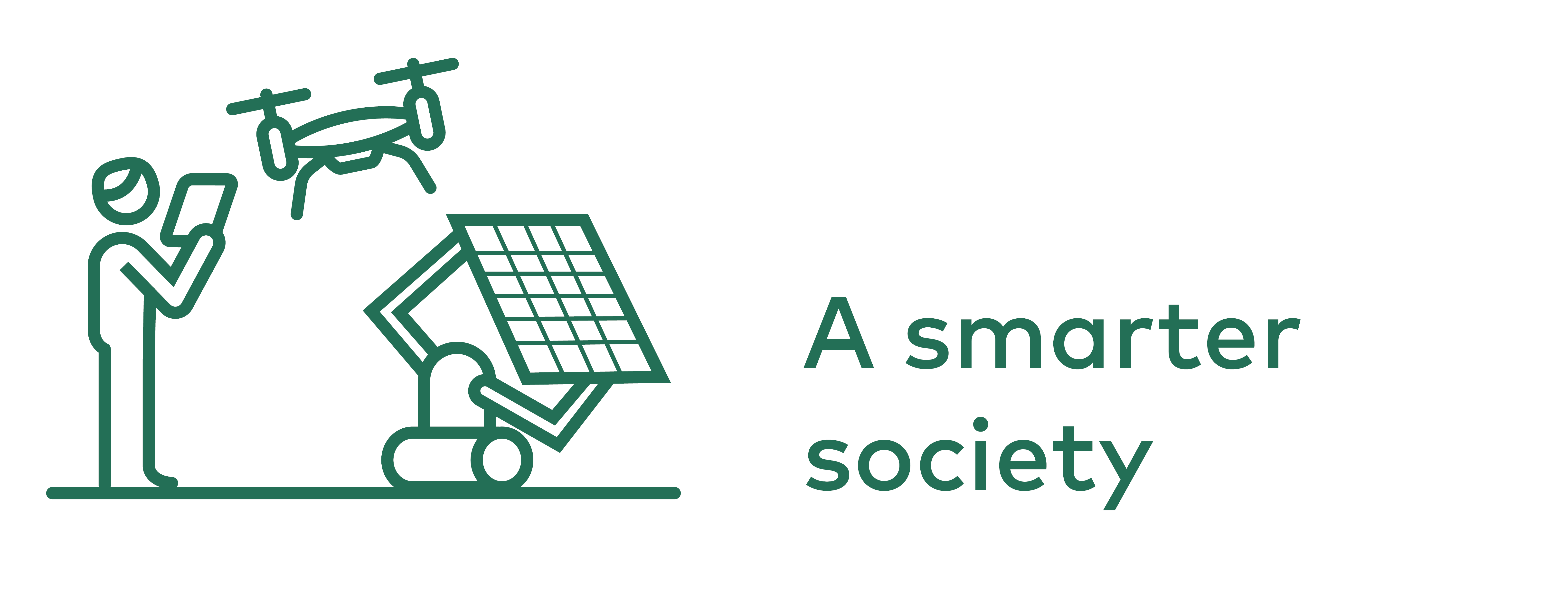
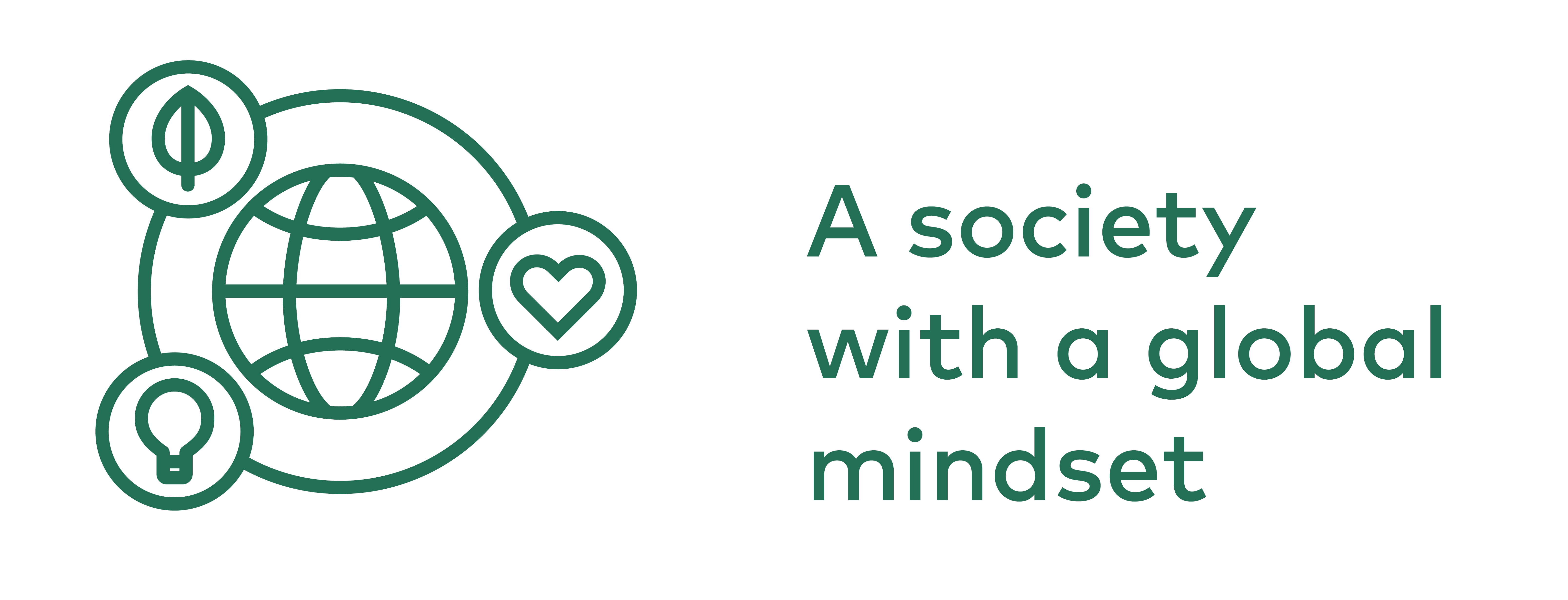
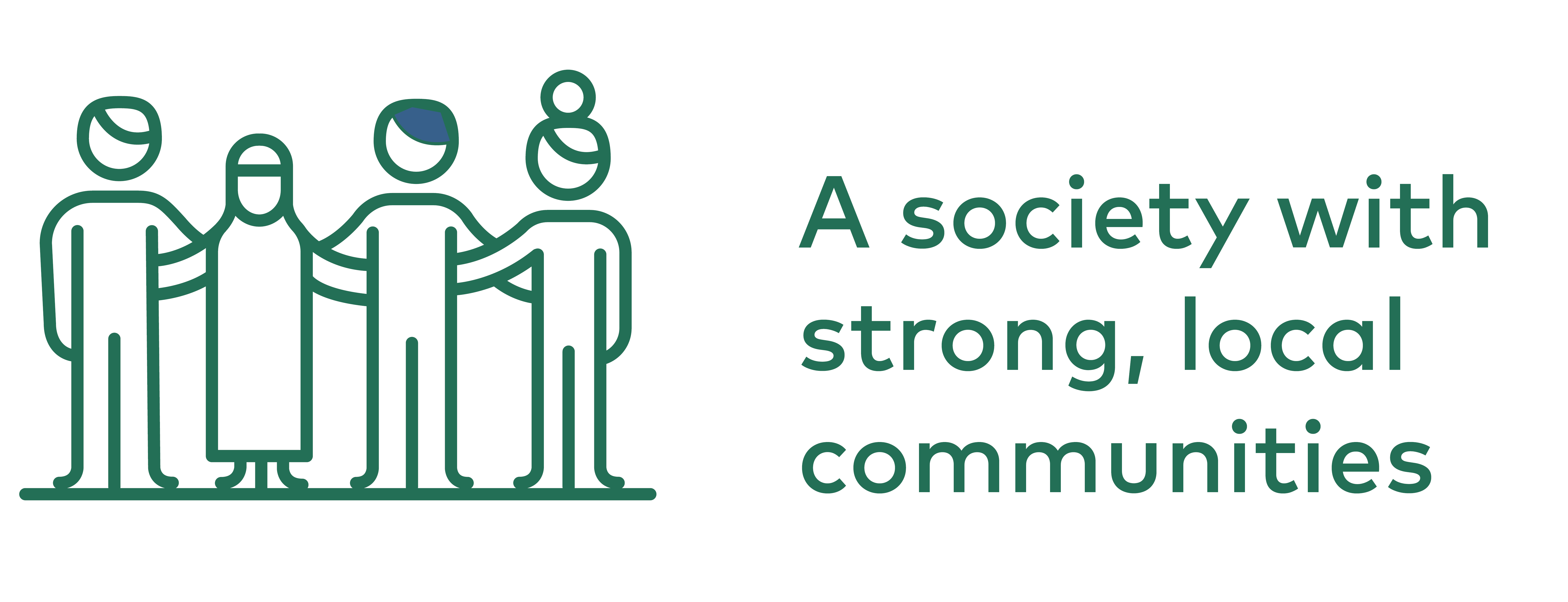
Realizing the visions, or at least certain elements of the visions of the climate neutral Nordic society outlined in the Nordic Visions report, requires action. The project has resulted in five recommendations for what can be done/instigated at the Nordic level:
- Instigate Nordic dialogue on “the good life” in a climate neutral society
Visions are conspicuously absent in Nordic climate change policy and thus, mobilizing citizens for a green transformation proves challenging. The Nordic Council of Ministers could fund/support Nordic dialogues on “the good life” in a climate neutral society, for example through citizen engagement activities or communication activities.
- Fund/support research on multifunctionality in land-use
There is an underdeveloped opportunity for combining different land-use (multifunctionality), e.g., combining food production and nature conservation, combining energy development, nature conservation and agriculture.
- Collect Nordic and international examples of efficiency- and sufficiency policies
To stay within the planetary boundaries, there is a need for new inspiration for policy- and decision-makers across the Nordic countries with respect to efficiency and sufficiency policies. Stimulation of a less consumption-focused/growth-oriented and more sufficiency-based lifestyle can catalyze the green transition and make many sustainability goals more achievable. An outcome could be a sufficiency policy toolbox, building on international experiences and examples.
- Fund/support research on how to achieve a just, green transition
This could include research on the potential of improving equality and other social issues in climate- and environmental policy. This should build on existing research in the Nordic countries, e.g. the project Not Just a Green Transition (NJUST)
- Fund/support research on the planetary boundaries
A Nordic society in balance is a society that stays within planetary boundaries. But what does that mean for the Nordic region and the individual Nordic countries? More work can be done on translating the planetary boundaries framework
What does a good life look like for a regular middle-class person in 25 years? When it comes to questions like that it is difficult to not get bogged down by fear of what such a life could look like. But I think that’s really what we need … to have something to strive towards, and also something to be excited about, the opportunities that these transitions can give to our lives.Emma Holten, discussions at COP27 in the Nordic Pavilion